- Wondering how to get Monopoly GO! free rolls? Well, you’ve come to the right place. In this guide, we provide you with a bunch of tips and tricks to get some free rolls for the hit new mobile game. We’ll …
Best Roblox Horror Games to Play Right Now – Updated Weekly
By Adele Wilson
Our Best Roblox Horror Games guide features the scariest and most creative experiences to play right now on the platform!The BEST Roblox Games of The Week – Games You Need To Play!
By Sho Roberts
Our feature shares our pick for the Best Roblox Games of the week! With our feature, we guarantee you'll find something new to play!Type Soul Clan Rarity Guide – All Legendary And Common Clans Listed!
By Nathan Ball
Wondering what your odds of rolling a particular Clan are? Wonder no more, with my handy Type Soul Clan Rarity guide.
Oceanhorn: Monster of Uncharted Seas Review
Let’s get this out of the way: Oceanhorn: Monster of Uncharted Seas is the Zelda-like to end all Zelda-likes. Its similarities to and inspirations from The Legend of Zelda—especially Wind Waker and Phantom Hourglass—are numerous, pervasive, and obvious. From its silent, sword-wielding, pot-smashing protagonist to its Zora-like Gillmen to its secondary B-equipment—bombs, bow, and boots—Oceanhorn wears its muse on its sleeve. Despite its substantial list of intentional similarities, though, Oceanhorn manages to come across as a self-assured action-adventure as well as a respectful homage to one of Nintendo’s finest.
The story begins shortly after our unnamed hero’s father sets out to find and destroy the great monster, Oceanhorn. The hero—a young boy who’s already lost his mother—goes to stay with a hermitic friend of his father’s on a small island. This friend soon recognizes that the boy shares the same fate as his father, and must also seek out Oceanhorn before it tears their world apart. What follows is a lengthy adventure across the sprawling, aquatic map of Oceanhorn as the hero seeks out items of power that will help him defeat the beast. While Oceanhorn‘s story is not its strongest point, it provides reason enough to make this journey and fills in more interesting gaps via logbook entries your father left around the world.
The real star is that world, and the islands, dungeons, and challenges that populate it. Uncharted Seas is exactly that: a world built on ocean, pockmarked by separate islands that are only accessible by boat. Even without the added traveling between islands—which is much faster than in Wind Waker—the world still feels vast and open, with each island featuring its own characteristics and secrets. The Withered Lands is a desolate, sparse desert with striking rock formations; Graveyard Island is foggy and silent, with notably flat terrain; and Gillfolk’s Drop—the fishlike Gillmen’s home island—is a sandy paradise surrounding their shimmering hideaway. Despite these distinctions, every island shares certain structural elements that tie it to the others to create a cohesive universe: items and enemies, puzzles and logic, and a verticality that gives each area a 3D depth.
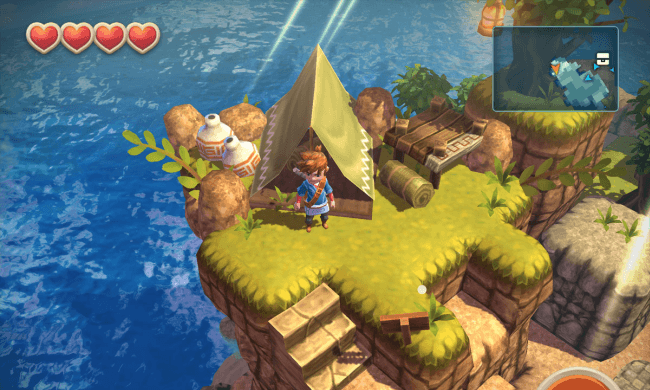
Play this all night, sailor’s delight
Let’s get this out of the way: Oceanhorn: Monster of Uncharted Seas is the Zelda-like to end all Zelda-likes. Its similarities to and inspirations from The Legend of Zelda—especially Wind Waker and Phantom Hourglass—are numerous, pervasive, and obvious. From its silent, sword-wielding, pot-smashing protagonist to its Zora-like Gillmen to its secondary B-equipment—bombs, bow, and boots—Oceanhorn wears its muse on its sleeve. Despite its substantial list of intentional similarities, though, Oceanhorn manages to come across as a self-assured action-adventure as well as a respectful homage to one of Nintendo’s finest.
The story begins shortly after our unnamed hero’s father sets out to find and destroy the great monster, Oceanhorn. The hero—a young boy who’s already lost his mother—goes to stay with a hermitic friend of his father’s on a small island. This friend soon recognizes that the boy shares the same fate as his father, and must also seek out Oceanhorn before it tears their world apart. What follows is a lengthy adventure across the sprawling, aquatic map of Oceanhorn as the hero seeks out items of power that will help him defeat the beast. While Oceanhorn‘s story is not its strongest point, it provides reason enough to make this journey and fills in more interesting gaps via logbook entries your father left around the world.
The real star is that world, and the islands, dungeons, and challenges that populate it. Uncharted Seas is exactly that: a world built on ocean, pockmarked by separate islands that are only accessible by boat. Even without the added traveling between islands—which is much faster than in Wind Waker—the world still feels vast and open, with each island featuring its own characteristics and secrets. The Withered Lands is a desolate, sparse desert with striking rock formations; Graveyard Island is foggy and silent, with notably flat terrain; and Gillfolk’s Drop—the fishlike Gillmen’s home island—is a sandy paradise surrounding their shimmering hideaway. Despite these distinctions, every island shares certain structural elements that tie it to the others to create a cohesive universe: items and enemies, puzzles and logic, and a verticality that gives each area a 3D depth.
This verticality also plays a significant role in the exploration and gameplay of Oceanhorn. Every location is built like a stack of cubes that have been glued together and smoothed over. Our hero cannot jump up or climb ledges, and can only drop down one cube at a time—one “level” of elevation is equal to his height. This makes navigating each island or dungeon a puzzle in itself: while you may see a desirable path or object nearby, you’ll often have to find an alternate route or unexpected shortcut to actually reach it.
Our hero’s stash of equipment comes in handy for these roundabouts, allowing him to bomb through loose walls, hit door-opening targets with arrows, or jump over small gaps. These and other useful items are discovered throughout his journey and also provide some variation to just hack-and-slashing your way through enemies. Oceanhorn‘s equipment is not new to the genre, but it’s still fun to use and every ability our hero earns—from rolling to ice-blasting—is incorporated into the game as a whole. Save one exception at the very end, items are not introduced and then discarded after you beat their designated boss; they remain useful and necessary throughout the adventure.
Although those extra items will remain handy, most of your time in Oceanhorn will still be spent hacking-and-slashing and puzzle-solving your way through dungeons. Most islands strike a nice balance on challenge, with some gimme puzzles mixed in with more head-scratching fare. Many puzzles fall into the block-pushing variety, but these are broken up by torch-lighting, wall-bombing, and other events that never demand too much thought, but rarely feel insultingly simple. With plenty of branching paths and secret treasures to uncover, even easily-bored adventurers should find themselves distracted by the abundant areas available to explore.
That exploration is a consistent treat thanks to Oceanhorn‘s strikingly gorgeous visuals and mesmerizing soundtrack. Everything, from the boat’s wake in the ocean to the shadows on the lush green plants, has a depth and palpability that you can almost reach out and touch. The hero, at least, can: you’ll rarely step more than a few feet without having some interactive item or enemy nearby, even if it’s only a glass bottle you can toss against a wall. The world is overflowing with objects and details that flesh it out and make it complete. The graveyard on Withered Lands is completely off the beaten path but adds depth to that island’s history. Other areas of islands sometimes contain nothing of value—or even nothing at all—but their existence creates a world that is whole and more than just a beautiful walkway for our hero.
The soundtrack is equally alive, thanks to the efforts of Nobuo Uematsu and Kenji Ito, best known as the composers of many Final Fantasy titles and the Mana / Seiken Densetsu series, respectively. Just as each island has been given its own personality while retaining the character of the world as a whole, Oceanhorn‘s soundtrack supports individual locations with orchestrations that range from upbeat to melancholic, while always retaining the adventurous and hopeful nature of the game. The theme from Sky Island, (which I would argue is the best track in the game), is a perfect example of the soundtrack’s ability to be both imposing and encouraging, ominous yet energized.
The final result is a beautiful experience that looks and sounds as smooth as it plays, and that constantly rewards players with its nonstop action, puzzles, and discoveries. Although the first step in Oceanhorn is steeped in Zelda nostalgia, every step after leads farther into a world that stands on its own two feet. The varied yet cohesive cube-like islands, the pervasive set of abilities, and the slowly revealed bits of lore all contribute to an original adventure that shares one final trait with Zelda: it should absolutely not be missed.

The good

The bad
More articles...
Monopoly GO! Free Rolls – Links For Free Dice
By Glen Fox
Wondering how to get Monopoly GO! free rolls? Well, you’ve come to the right place. In this guide, we provide you with a bunch of tips and tricks to get some free rolls for the hit new mobile game. We’ll …Best Roblox Horror Games to Play Right Now – Updated Weekly
By Adele Wilson
Our Best Roblox Horror Games guide features the scariest and most creative experiences to play right now on the platform!The BEST Roblox Games of The Week – Games You Need To Play!
By Sho Roberts
Our feature shares our pick for the Best Roblox Games of the week! With our feature, we guarantee you'll find something new to play!Type Soul Clan Rarity Guide – All Legendary And Common Clans Listed!
By Nathan Ball
Wondering what your odds of rolling a particular Clan are? Wonder no more, with my handy Type Soul Clan Rarity guide.








 “
“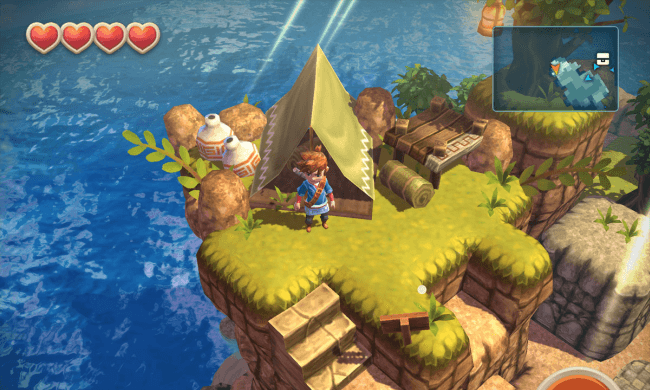 “
“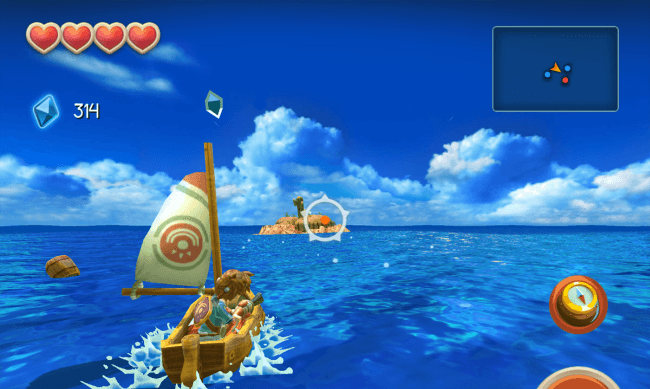 “
“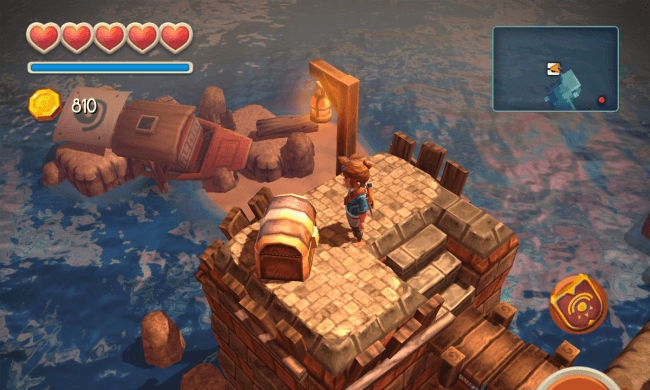 “
“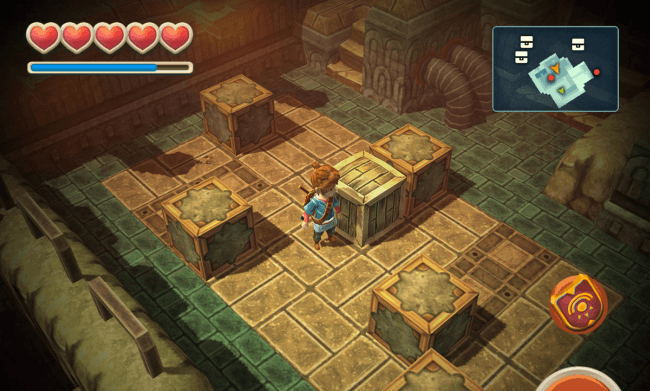 “
“